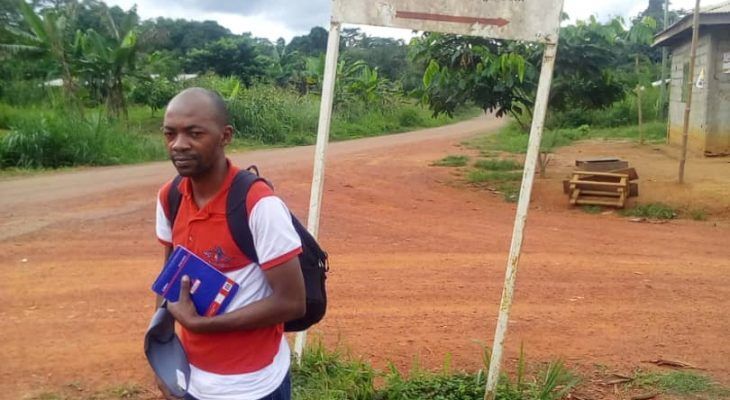Agribusiness focused on hevea (rubber) cultivation has been under way for years, benefitting from protection and deafening silence from the presidential palace. This activity has cost thousands of hectares of forest and endangered the Dja wildlife reserve, an area listed as a UNESCO World Heritage Site.
Ndibessong, Eyeguele, and Zoumeyo are three neighboring villages, three communities among the thirty most affected by the cultivation of rubber, which has become the newest weapon of mass destruction of the forest in the region of Sud Cameroon. This weapon has been drawn since 2011, by the multinational company Sud Cameroun Hévéa, better known by the abbreviation "SudCam."
L'agro-Industrie qui fait dans la culture de l’Hévéa dévore de manière inquiétante, depuis des années sous la barbe et le silence du palais présidentiel, des milliers d’hectares de forêt, mettant en danger, la réserve de faune du Dja, inscrite au patrimoine mondial de l’Unesco.
Ndibessong, Eyeguele, et Zoumeyo, trois villages voisins, trois communautés parmi la trentaine la plus impactée par la culture d’hévéa, devenue la nouvelle arme de destruction massive de la forêt dans la région du Sud Cameroun. Une arme dégainée depuis 2011, par la multinationale Sud Cameroun Hévéa, plus connu dans la localité sous son acronyme SudCam.
